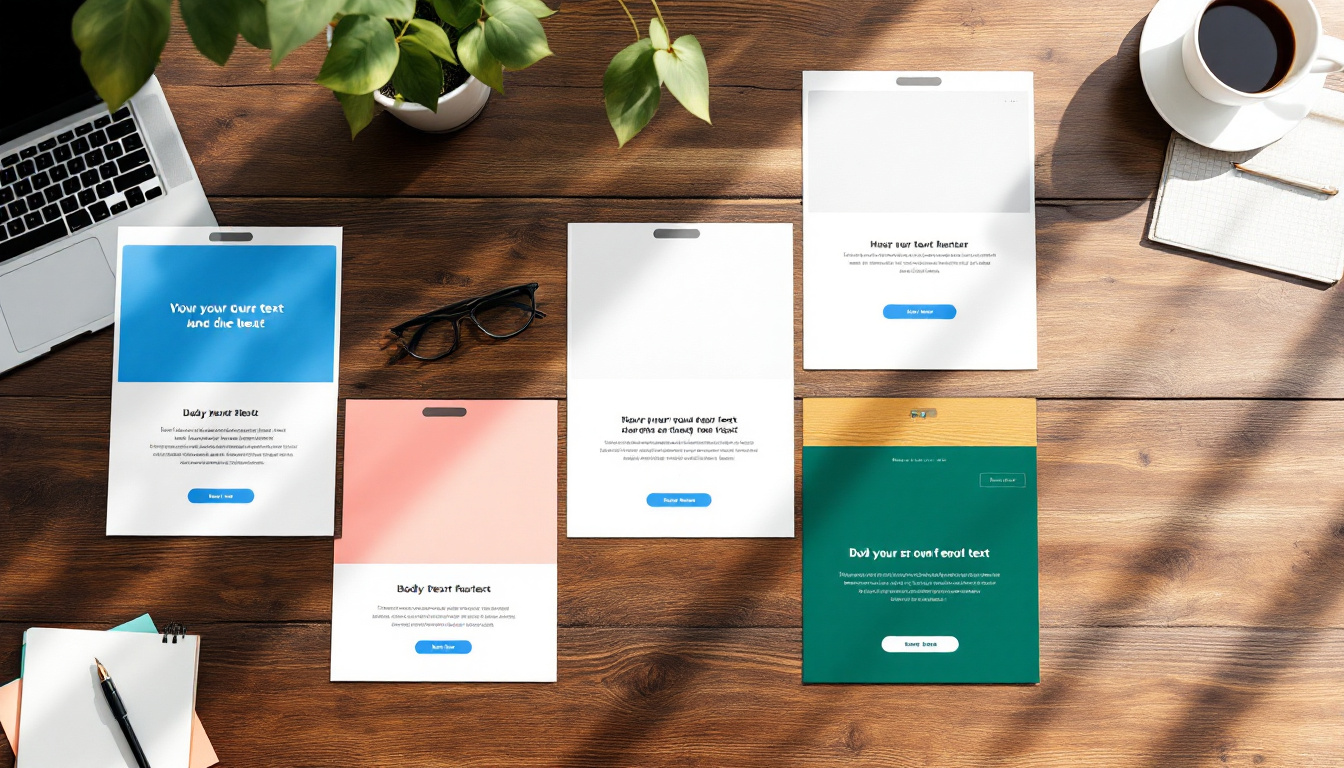In the competitive landscape of 2025, email prospecting remains an essential strategic lever for converting prospects into customers. However, faced with a saturated inbox, it becomes crucial to stand out with perfectly calibrated email templates. The key lies in personalization, a clear value proposition, and a solutions-oriented approach. In this article, discover how to craft effective messages for organizing a discovery call, an essential step in transforming a cold contact into a concrete business opportunity.
Why the first impression via email influences the success of your discovery call
In 2025, it has been proven that 80% of prospects prefer to be contacted by email. The reason is simple: they often have busy schedules, overwhelmed by a cascade of information and requests. In this jungle of standardized emails, only a personalized, relevant, and direct message can capture attention. The first step in organizing a discovery call is therefore to write an email that stands out, arouses curiosity, and encourages a response. The Specificities of the Business Environment in 2025 in the Face of Ideological Saturation
In 2025, the volume of prospecting emails has exploded, with several players competing for the same prospects. Faced with this competition, sending a generic message is no longer enough. The winning strategy now relies on precise segmentation, social proof, and wording that demonstrates a sincere understanding of the prospect’s industry and challenges. Personalization must go beyond the name, incorporating concrete challenges facing their company, their market, and even their recent news.
How should you structure an email to organize a successful discovery call?
An effective email must follow a clear architecture. Here is a summary of the key elements to respect:
Element
| Description | Object |
|---|---|
| Captures interest in 7 words or less, with a specific hook or proposition of interest | Custom opening |
| A short sentence that shows you’ve done research and speaks directly to their current context | Value proposition |
| Clear, targeted, it shows what your offer can concretely change for their business | Social proof |
| A relevant statistic, case study or testimonial that gives credibility to your message | Call to action |
| A clear invitation to schedule a meeting or call, without ambiguity | Postscript |
| A wink, additional information or a gentle reminder | Concrete examples of email templates for organizing a discovery call |
Here are five models which illustrate the techniques mentioned, and which have already enabled many salespeople to optimize their response rate:
The first personalized contact
- : Briefly present your business, a suitable proposal, and ask an open question to stimulate the response. The hook on a concrete result
- : Mention a specific gain, for example, “save 20% time”, to arouse curiosity and open discussion. Sharing a case study
- : Tell how you helped a client in a similar sector, with a link to relevant content, and offer an exchange to allow them to benefit from the same success. The short, direct and personalized message
- : With a targeted question on a specific issue in their sector, to elicit an immediate response. The reminder and gentle relaunch
- : Relaunch after a first refusal, with a new value proposition or useful content, in a light tone. Elements to avoid so as not to attract the interest of the prospect
In 2025, certain classic pitfalls persist and compromise the effectiveness of your approach:
Emails that are too generic, lacking personalization, and get lost among other identical ones
- Overly aggressive or rushed proposals that give the impression of forcing the hand
- Vague subject lines that show little or no real interest
- Emails that are too long, which discourage reading or responding
- Omitting social proof or credibility elements, which damage trust
- How to optimize the creation of your email templates with marketing automation tools
To effectively automate and personalize your campaigns, several integrated marketing automation solutions exist in 2025. These include leading brands such as Mailchimp, SendinBlue, Sarbacane, HubSpot, Zoho Mail, GetResponse, Constant Contact, MailerLite, and ActiveCampaign. These platforms offer features that allow you to:
Precisely segment your prospect list
- Personalize each email based on dynamic data
- Program automated sequences tailored to the prospect’s stage in the buying cycle
- Track open and click rates and adjust in real time
- A/B test different message templates to maximize conversion rates
- Example of a comparison table of email marketing tools in 2025
Tool
| Strengths | Ideal use case | Mailchimp |
|---|---|---|
| Ease of use, advanced automation | Small to medium B2B campaigns | SendinBlue |
| Precise segmentation system, reminders to use | Integrated marketing campaigns | HubSpot |
| CRM integration, lead tracking | Large accounts and advanced nurturing | ActiveCampaign |
| Very advanced automation based on behavioral segmentation | Fine segmentation and personalized campaigns | Creation of a prospecting email template : Step by Step for 2025 |
Building an effective email template begins with a structured approach:
In-depth Research
- : Analyze your prospect’s industry, current events, social media, and recurring challenges. Select an engaging subject line
- : Use a short, clear, and evocative opening. Write a powerful opening
- : Include a targeted reference, a relevant comment, or an open-ended question. Clear and tailored value proposition
- : Highlight a specific benefit, directly helping the prospect visualize the solution. Incorporate credible evidence
- : Testimonials, measurable results, or certifications to build trust. Simple and specific call to action
- : Suggest a date, a meeting, or downloadable content, reducing friction. Engaging postscript
- : A touch of humor, a personal comment, or a recommendation to jump-start the conversation.



